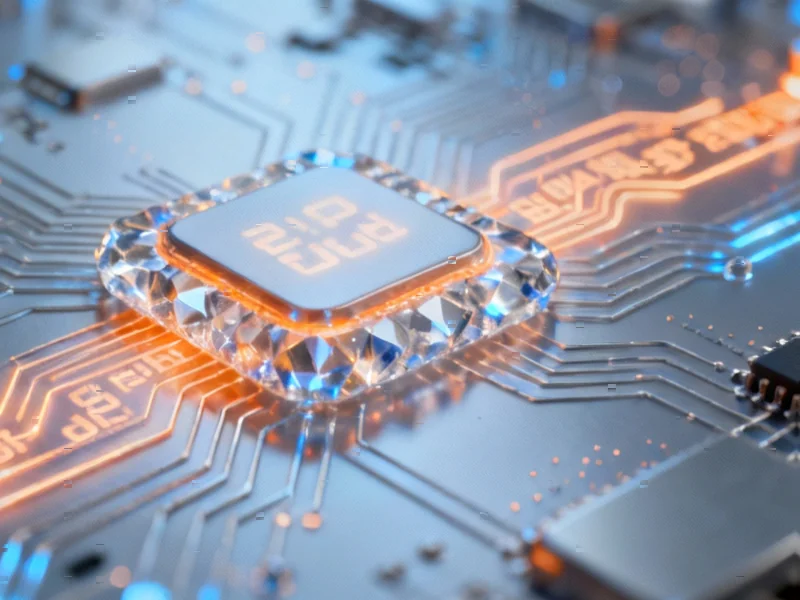According to DCD, Motivair has been cooling high-performance computers for over 15 years, starting with petascale systems in the late 2000s when racks first exceeded 20-50kW. The company’s liquid cooling technology enabled exascale supercomputers like Frontier, Aurora, and El Capitan to handle rack densities of 300-400kW and beyond. Today, AI factories face identical thermal challenges but at massive scale, requiring the same precision management of pressure drop, delta T, and flow rate parameters. Modern AI accelerators need approximately 1-1.5 liters per minute per kW at under 3 PSI to avoid performance throttling. Motivair’s Coolant Distribution Units, ChilledDoors, cold plates, and manifolds are now being deployed to ensure GPUs from companies like Nvidia and AMD can sustain peak performance across thousands of racks in AI data centers.
HPC legacy meets AI reality
Here’s the thing about supercomputing experience – it’s brutally earned. When you’re cooling a $600 million system like Frontier, failure isn’t an option. The thermal engineering lessons from exascale are now becoming table stakes for AI infrastructure. But there’s a huge difference between cooling a handful of national lab supercomputers and scaling that expertise across thousands of commercial AI racks. The physics might be the same, but the operational reality is completely different.
The three cooling variables that matter
Pressure drop, delta T, and flow rate sound like engineering jargon until your multi-million dollar AI training run gets throttled. Basically, if your cooling loops have too much resistance, your pumps work harder and chips get uneven cooling. If your temperature difference is wrong, you’re either wasting capacity or risking silicon damage. And if flow rate isn’t precisely tuned? Well, you’re leaving performance on the table. Motivair’s CDUs and manifolds aim to solve these exact problems, but at AI factory scale, the margin for error shrinks dramatically.
Why this time is different
Look, we’ve seen cooling hype cycles before. Remember when liquid cooling was going to revolutionize everything a decade ago? It didn’t. So what’s changed? The economic stakes. In HPC, a cooling failure might cost millions in lost research time. In AI factories, it can mean billions in delayed product launches or abandoned training runs. When systems like El Capitan proved liquid cooling at extreme scales, they created a blueprint that AI can’t ignore. The question isn’t whether to use liquid cooling anymore – it’s whose system you trust when failure isn’t an option.
The scale problem nobody talks about
And here’s where it gets really interesting. Supercomputers have dedicated teams of PhDs watching every thermal variable. AI factories? They’re operated by people who just want the GPUs to work. The challenge isn’t just technical – it’s about making complex thermal management simple enough for global deployment. Motivair and partners like Schneider Electric are betting that their HPC-hardened approach will translate to AI scale. But translating laboratory precision to factory reliability is one of the hardest problems in engineering. If they get it right, the AI revolution gets a massive performance boost. If they get it wrong? Well, let’s just say throttled GPUs become someone else’s problem.





Your point of view caught my eye and was very interesting. Thanks. I have a question for you.